Want to adopt a cat from a shelter and give it a new home?
“Take me with you!”
There are loads of cats of all ages “pawsitively” looking for homes:
strays, unwanted litters, cats from divorces or family break-ups. They are all to be found in local animal shelters, even pedigree cats!
Whether you believe in karma or not, you’ll be doing a good turn if you choose your new housemate from a shelter!
Adoption from a shelter
You’ve decided to adopt a cat?
Your first step is to contact the animal shelter. Or even better, visit and have a look at what’s there.
Many animal shelters offer fostering as well as adoptions. If you can’t adopt an animal because of space or time restrictions, you may be able to foster one instead.
Either way, it’s a good deed.
How to adopt a cat
If you want to give a cat a new home, you should find out in advance from the animal shelter about how best to prepare a new home for your ‘roommate-to-be’.
Take your time and observe each of the cats quietly. You would probably love to pack all of them up and take them home with you! Unfortunately, that’s not possible…
Make a shortlist of animals and get to know them.
What are the requirements for adopting a cat?

It doesn’t help anyone if you return the cat to the shelter after a few days.
You need to be sure of a few basic things before you adopt a cat:

- Can you afford it financially (food, vet etc.)?
- Are all family members willing to take in a cat?
- Who will take care of the animal if you don’t have time or are ill?
- Is there someone reliable to replace you when it’s holiday time?
- Do you have any health problems, e.g. allergies?
- Are you allowed to keep an animal if you are a tenant (ie do you need landlord permission)?
Why animal shelters charge fees
Taking in and caring for animals costs a lot of money. Some animals are sick or in poor condition, so there can also be high veterinary costs.
Some animal shelters receive basic funding from municipalities or local authorities. But this far from pays for all care costs.
To cover up some costs, shelters charge a nominal adoption fee.
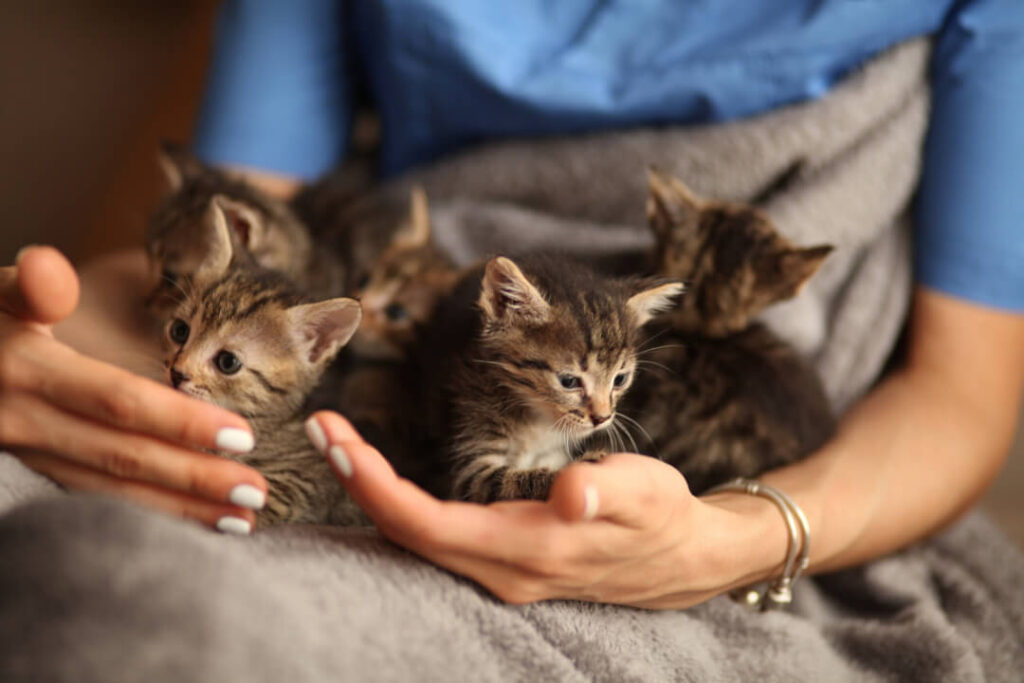
This protection fee is also intended to ensure that an animal is not adopted without thinking: “Can and do I want to afford this? Also in the future?
An animal is not a thing that you exchange, but a living being for which you take responsibility.
This needs to be well thought out. There should be a value behind it – not only monetary.
Why do cats end up in a shelter?
A previous owner may have different reasons for leaving his or her cat in a shelter.
Sometimes home circumstances change drastically and there is no more room for a cat. Perhaps the cat can no longer be properly cared for.
Giving up a much-loved pet is very difficult. People are very attached to their cats, especially if they’ve developed a close relationship over many years.
When an owner dies
When a pet owner dies, the person will take care of the cat is often not planned. Everyone wants to inherit, but no one wants to take the cat with them. Now homeless, the cat is sent to the local animal shelter.
If you make a will, you can make sure that your cat is placed in good hands after your death. It’s best to plan this in advance, even if it’s a subject you don’t like to think about while you’re alive.
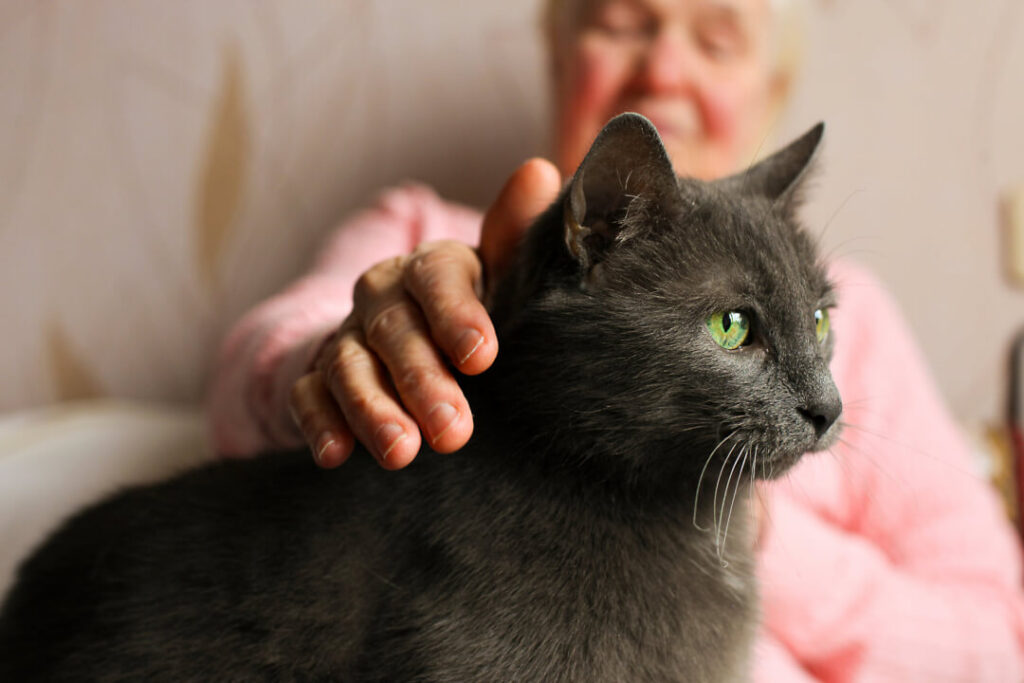
Cats as victims of divorce
While you are love’s young dream, you don’t think about who’s going to take care of the cat.
It’s only when the love affair is over that the subject comes up.
“And who gets the cat?”
Often, a breakup means the end of a shared apartment and everyone moves elsewhere. Some landlords don’t allow cats or maybe a new partner doesn’t like your furry friend. What then? Cats caught up in divorces often end up in an animal shelter.
Unwanted kittens
Sometimes the unexpected happens.
After all, unneutered cats are quite fertile. Suddenly there are six more hungry mouths on your doorstep. That’s a lot, especially if it happens more than once.
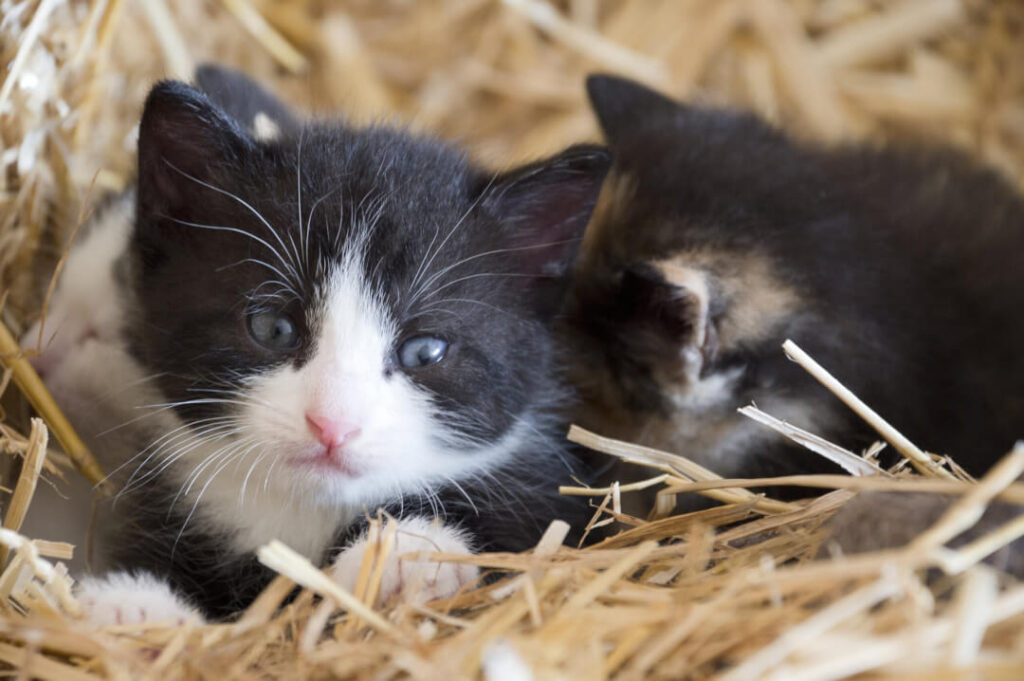
If no takers can be found for the little rascals, the last resort is taking them to the animal shelter. At peak times – spring and autumn – there can be flood of new arrivals. Animal shelters often don’t know what to do with all those kittens. But it doesn’t have to be like that.
It’s better to have your cat neutered in time!
The cost of maintaining a cat
It all adds up.
Food, litter, vet visits – the standard is once a year for vaccinations, de-worming and a basic health check. The German Animal Welfare Association estimates it can cost up to around 500 euros per cat! And that doesn’t include cat toys, scratching posts, cat-sitting or special operations if a cat gets ill.
Sometimes you just can’t afford it any more.

Abandoned cats
It’s often the same sad story over and over again, especially after Christmas or during holiday season. The kitten from under the tree is given away after the Christmas holidays. It wasn’t the right one after all…People grow tired of a cat and abandon it in the forest.
If it is lucky, walkers find the cat and take it to the nearest animal shelter. Or shelter workers, who regularly inspect popular spots in search of strays, pick them up.
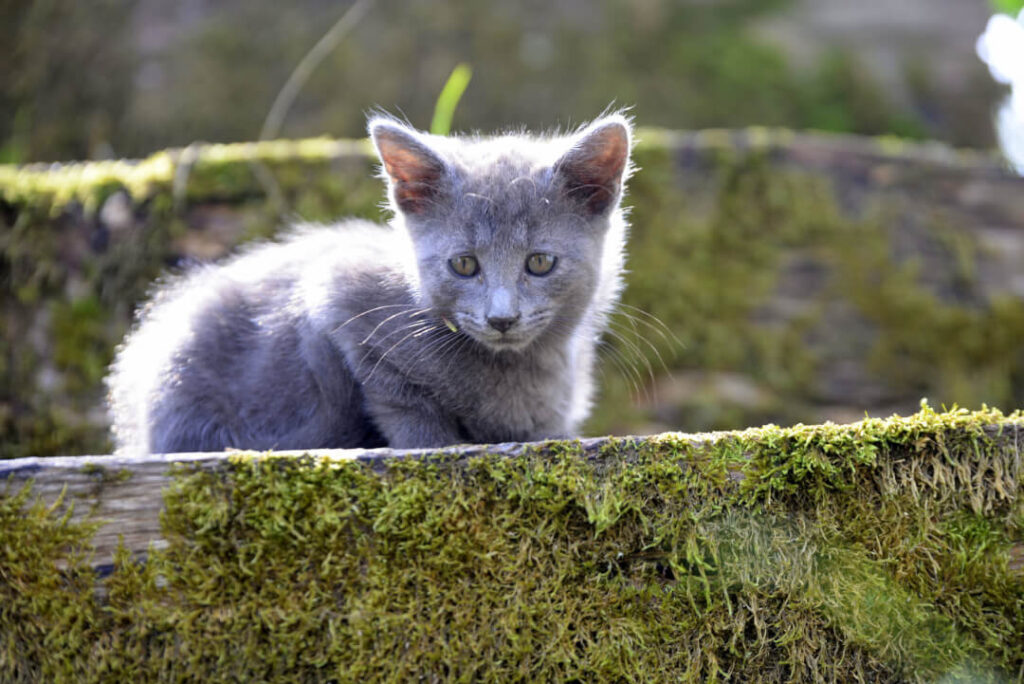
People have been known to abandon a cat before going on holiday. They say to themselves, “cats are predators: they can take care of themselves in the wild.” Put out. Just like that. Left to their own devices, from one moment to the next.
Cats are lucky if they survive being abandoned. Many are disposed of like rubbish. It’s a sorry state of affairs, especially since there are animal shelters and boarding kennels. Places where they take care of cats and don’t leave them to fend for themselves.
What to keep in mind when handling the cat
Not every cat in a shelter will happily come up to you. Some cats are shy, timid or fearful in certain situations. There’s a wide range of reactions, from insecurity to panic.
Even cats that were previously very confident can become anxious due to recent events. Has she had a bad experience in the past? Is she afraid that the same thing will happen again?
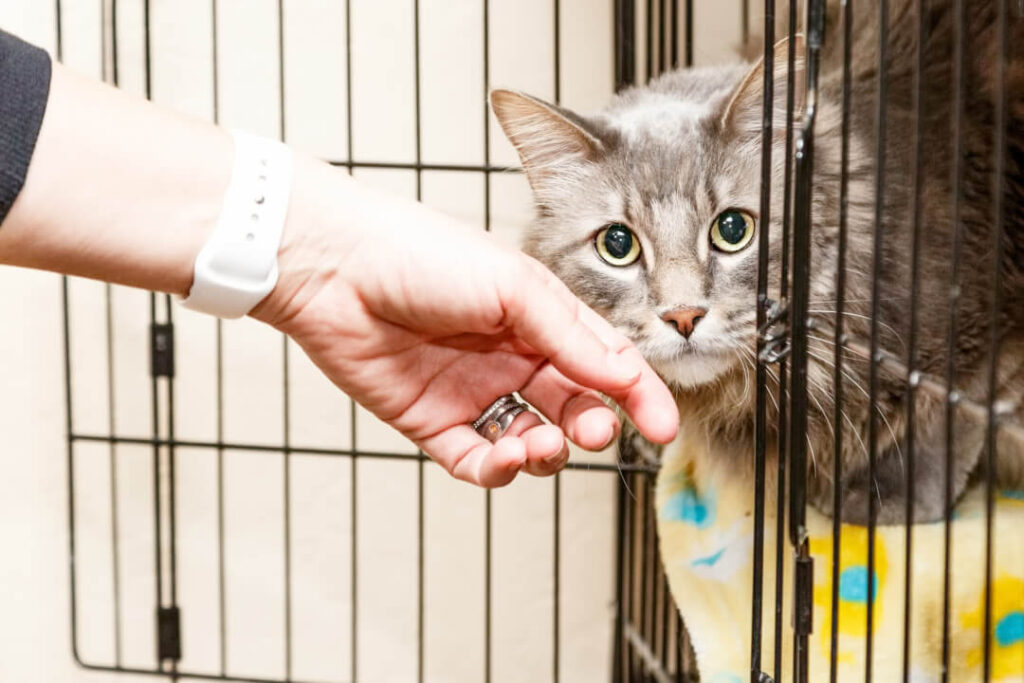
Learn the back story
Cats from bad homes can be very suspicious of people. This includes strays that have had to fend for themselves on the streets or cats that have experienced violence in their homes. Give them time and try to understand what makes them tick.
What messages can you read from their facial expressions, the position of their tails or ears?
Admittedly, this is a real challenge! You need a lot of empathy and patience, as the cat may have a history of being anxious and needs to rebuild trust with people.
Gain the cat’s trust
Retreating is very natural cat behaviour. When things get uncomfortable and danger threatens, cats prefer to retreat. As we all know, retreat is the best form of defence!
Don’t crowd your cat and always offer her several places to retreat, for example, cosy nests and lounging areas, preferably at different heights. Explore some great ideas here:
Tip: If you want to give a cat from a shelter a new home, it helps to visit it several times beforehand and observe it at different times of the day.
This will help you to get to know her nature and preferences a little better and you will be able to better adjust to her.
What does she like; what doesn’t she like?
Where and when does she prefer to withdraw?
Getting a cat used to its new home
For the physical and mental well-being of your new roommate, you should have the right equipment ready:
• For feeding, it’s best to have several sets of food and drinking bowls of metal, glass, enamel or porcelain. A cat wants to find food in a clean container, with separate bowls for water and food.
• Please provide a balanced diet: preferably high quality and breed-appropriate cat food. Dry food only is not advisable. If possible, the best way to feed your cat is to give it several small portions throughout the day.
Source: Simon´s Cat (2013): Feed Me – Simon’s Cat | SHORTS #28, [YouTube-Video.], published 04.02.2013, https://www.youtube.com/watch?v=Te4wx4jtiEA, accessed 04.09.2020
•The basics are, of course, a litter tray and cat litter.
You should plan for two litter trays per cat, placed in easily accessible but quiet places:
Advantages of adopting from a shelter
It’s a classic win-win situation. By adopting from a shelter, you’re doing something that benefits your and the cat!
Animal shelters are overcrowded. Many animals wait a very long time to be re-homed, especially if they are already a little older. Living in a shelter is stressful for cats – especially with many other cats in a large
group and new ones constantly arriving. Some increasingly withdraw and refuse food and contact.
Health check at a shelter
When a cat comes to a shelter, it undergoes a complete health check. Animals that have been found also spend an initial period in quarantine in many shelters in order to avoid the risk of infecting other animals.
Every pet is examined and treated by a vet, so your new cat is guaranteed to be wormed, free of ticks and fleas, vaccinated and sometimes even chipped! That means you don’t have to worry about your future cat being unhealthy.
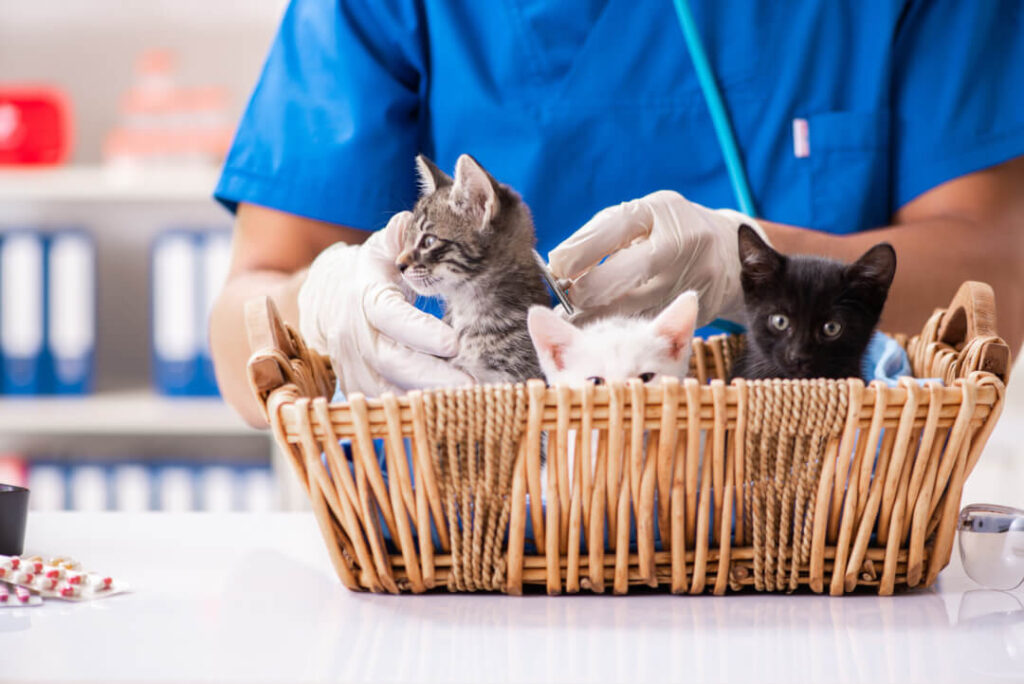
Get advice from a shelter
What’s important to you? Are you already experienced with cats? What would your “dream cat” be like?
Staff in shelters know their cats intimately. They’ll give you information, advise and help you find the right one. You’ll get first-hand information about your future cat and its habits! What do you have to consider when deciding on a furry friend?
Give an abandoned animal a new home
Even cats that have experienced terrible things can learn to trust again.
Give an abandoned cat a home and a chance at a happy cat life. Cats don’t just need a home and food; they need lots of love. This includes a gentle hand to stroke them, a soft voice to tell stories and a cosy lap to curl up in….
You can find your cat here:
A cat’s world ends when s/he is abandoned. And sadly you can’t save all the cats in the world.
But you can give one – your cat – a future. Does that make your karma better? – Maybe.
Try it!


